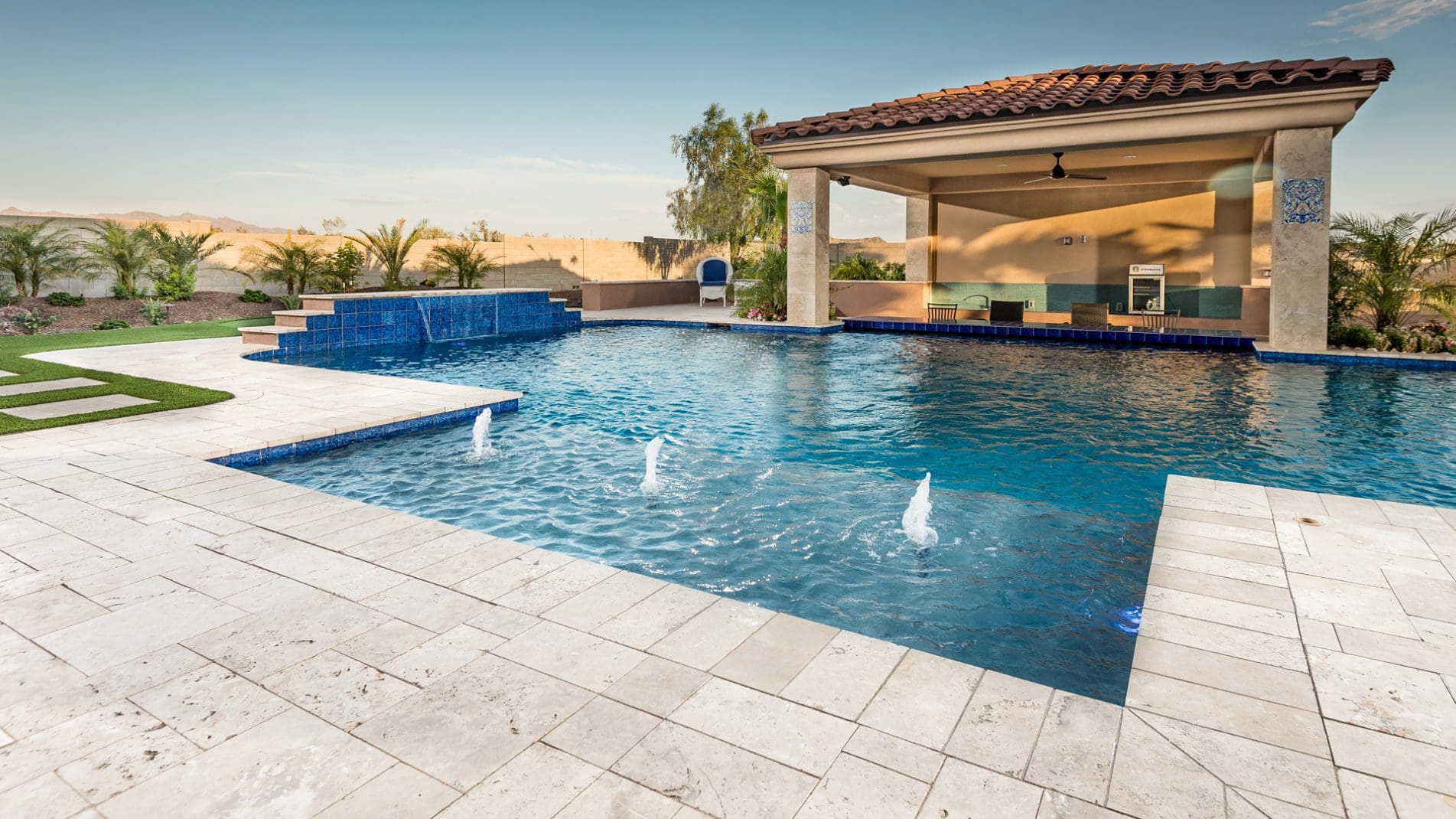Essential Features of Pool Pumps for Fire Fighting Applications
When it comes to fire fighting, the efficiency and reliability of the equipment used can mean the difference between destruction and safety. Among these crucial pieces of equipment is the pool pump, often overlooked in its importance in fire suppression systems. This article will delve into the essential features of pool pumps tailored for fire fighting applications, offering insights into their design, functionality, and considerations for selection.
Understanding the Role of Pool Pumps in Fire Fighting
Pool pumps are integral components in many fire suppression systems, particularly in areas where water sources are limited. By providing a reliable means of drawing water from swimming pools, these pumps can support fire hoses, sprinklers, and other fire-fighting apparatus when traditional water supplies are unavailable. Here, we will explore the features that make pool pumps particularly suited for these applications.
Key Features of Pool Pumps for Fire Fighting

When selecting a pool pump for fire fighting applications, several critical features should be considered:
- Flow Rate: The flow rate of a pump is crucial for ensuring adequate water supply during emergencies. Pumps used in firefighting typically need to achieve a minimum flow rate of 100 gallons per minute (GPM) to effectively combat flames.
- Pressure Rating: The pressure rating of the pump should be compatible with the firefighting system requirements. A pressure rating of at least 60 PSI is often recommended to ensure effective water delivery at a distance.
- Durability: Fire fighting environments can be harsh. Pumps should be built with corrosion-resistant materials and designed for long-term reliability under extreme conditions.
- Power Source: Pool pumps can be powered by electricity, gasoline, or diesel. Selecting a pump with a reliable power source can prevent failures during critical moments.
- Portability: In emergency situations, the ability to quickly transport a pump can be vital. Lightweight and compact designs facilitate mobility.
- Ease of Maintenance: Pumps that are easy to service ensure that they remain operational when needed most. Features such as removable covers and accessible components can simplify maintenance tasks.
- Automatic Controls: Some advanced pumps come equipped with automatic controls that can activate the pump when certain conditions are met, such as a drop in water pressure, allowing for quick response times.
Case Studies: Success Stories in Fire Fighting Using Pool Pumps

Real-world examples illustrate the effectiveness of pool pumps in fire fighting applications. Here are two notable case studies:
Case Study 1: Community Pool Assisting Local Fire Department

In a suburban community where water resources were limited, the local fire department collaborated with the community pool to establish a firefighting support system. They installed a high-capacity pool pump capable of delivering 150 GPM at 80 PSI, significantly enhancing the fire department’s ability to combat wildfires during peak season. During a particular summer, the pump was instrumental in controlling a brush fire that threatened several homes, demonstrating the potential of using pool pumps in emergency situations.
Case Study 2: Industrial Facility Fire Control
An industrial facility located near a large swimming pool utilized a robust pool pump as a primary water source for its fire suppression system. The facility faced scrutiny after a fire broke out in an adjacent warehouse. The pool pump, designed to deliver significant pressure and flow, was activated and successfully supplied water to the facility’s sprinkler system, preventing the fire from spreading. This incident highlighted the importance of integrating pool pumps into fire safety plans for businesses.
Choosing the Right Pool Pump for Fire Fighting
Selecting the appropriate pool pump for fire fighting applications requires careful consideration of several factors:
- Environment: Assess the specific environment in which the pump will be used. Outdoor settings may require pumps with better weather resistance.
- Water Source: Determine the water source accessibility. Will the pump be drawing from a pool, or will there be other external sources available?
- Local Regulations: Be aware of local fire codes and regulations regarding fire safety equipment. Compliance is essential for ensuring that the chosen pump meets all legal standards.
- Budget: Consider the initial cost of the pump along with potential maintenance and operational costs to ensure sustainable usage over time.
Statistics: The Impact of Pool Pumps in Fire Fighting

Statistics reveal the significant role that pool pumps can play in fire fighting. According to the National Fire Protection Association (NFPA), approximately 70% of firefighting efforts in rural areas rely on alternative water sources, including swimming pools. Moreover, the NFPA reports that access to a reliable water supply can reduce response times by up to 30%, emphasizing the need for effective pumping solutions in emergency situations.
Maintenance Tips for Fire Fighting Pool Pumps

Once a pool pump is selected and installed for fire fighting, regular maintenance is crucial to ensure its reliability. Here are some tips for maintaining these pumps:
- Regular Inspections: Conduct routine inspections to check for wear and tear, leaks, and other issues.
- Clean Filters: Regularly clean or replace filters to maintain optimal flow rates and efficiency.
- Test Operation: Periodically test the pump to ensure it operates correctly and meets the required flow and pressure ratings.
- Keep Documentation: Maintain records of maintenance and repairs to track the pump’s performance over time.
Conclusion: The Lifesaving Role of Pool Pumps in Fire Fighting

Pool pumps, often taken for granted in residential and recreational settings, play a critical role in fire suppression applications. Their ability to deliver significant flow rates and pressure when integrated into firefighting systems can save lives and property. By understanding the essential features, learning from case studies, and adhering to maintenance best practices, communities and businesses can enhance their fire safety measures. As the statistics show, having a reliable water source can dramatically impact response times, making the selection of the right pool pump a vital decision for fire fighting readiness.


